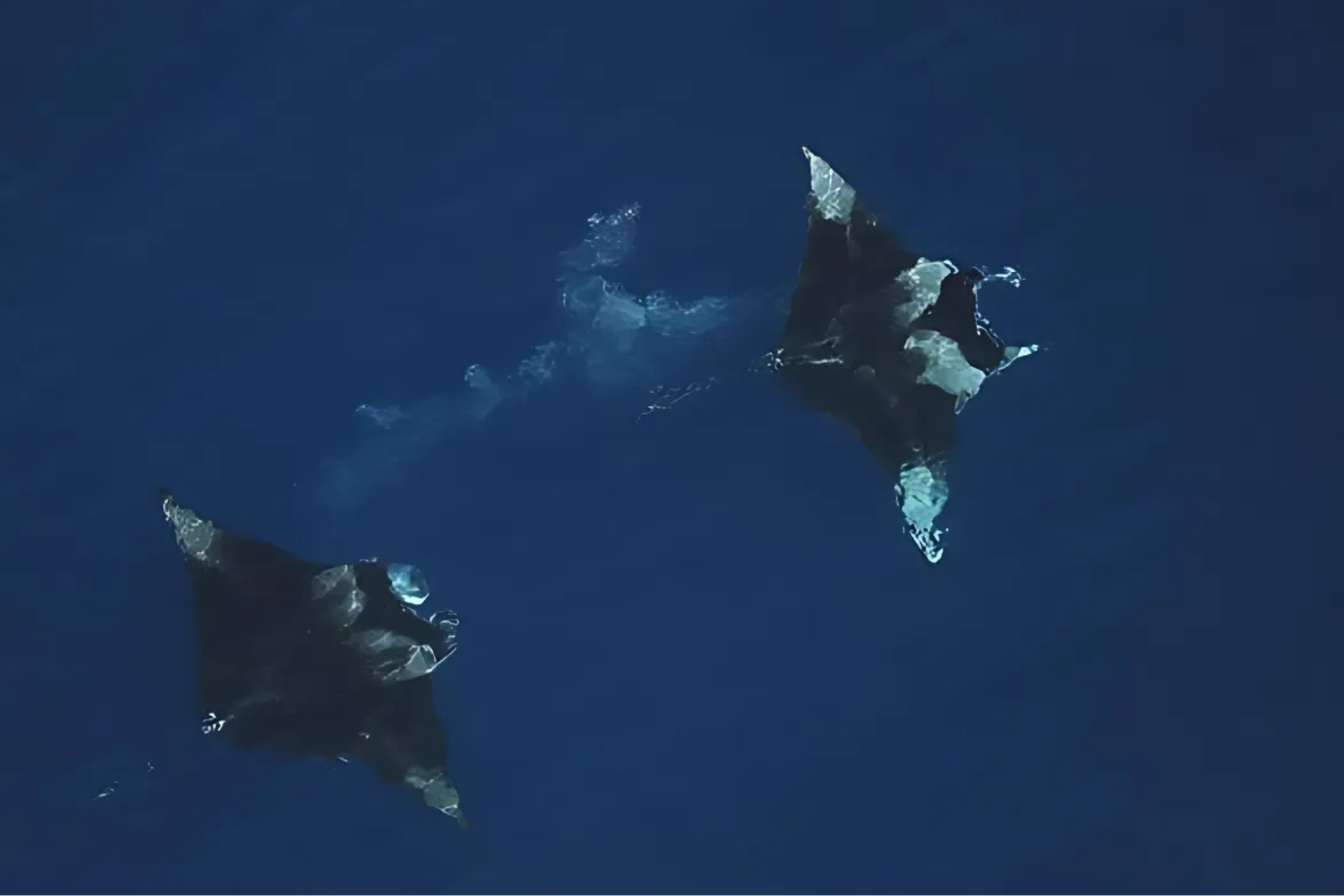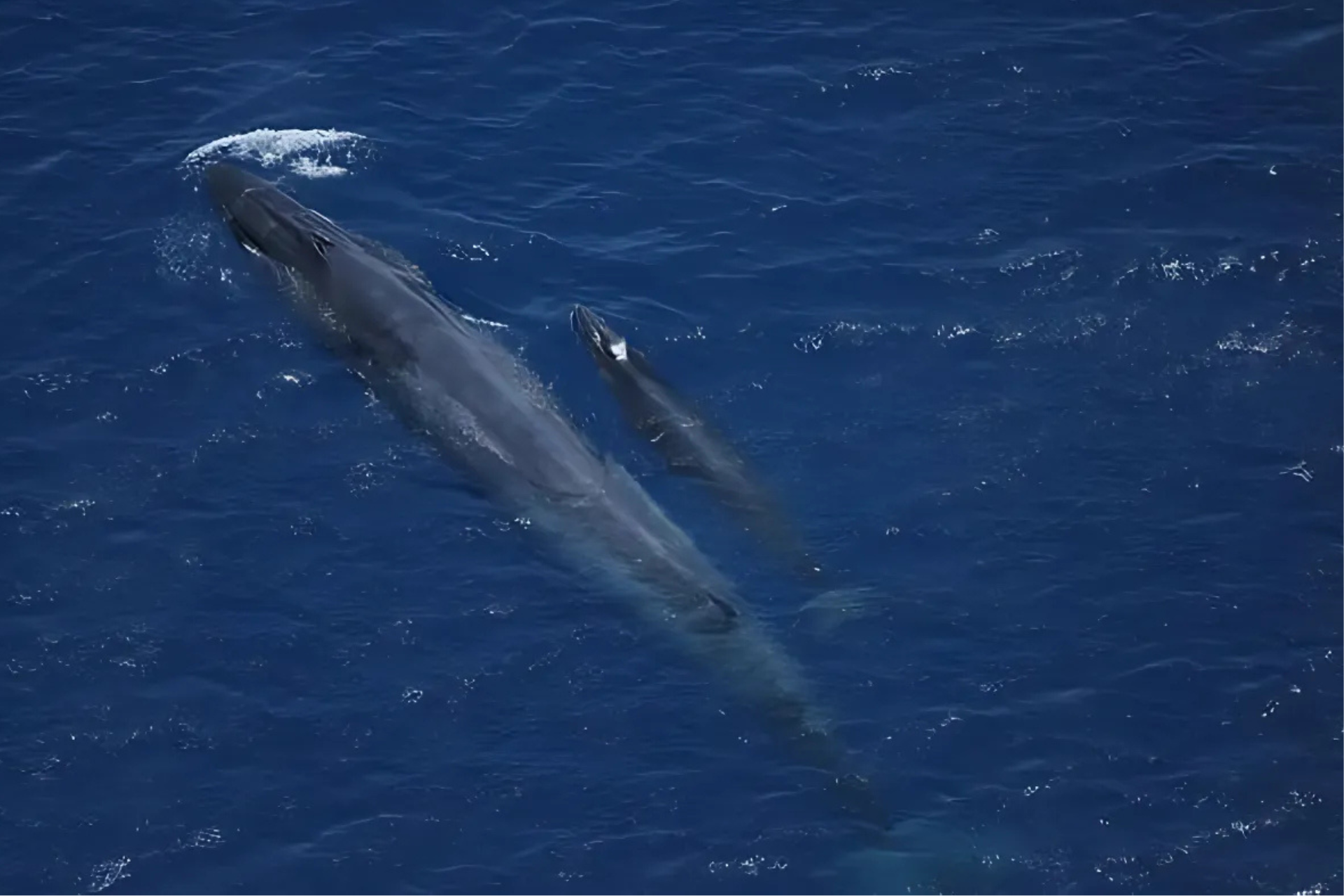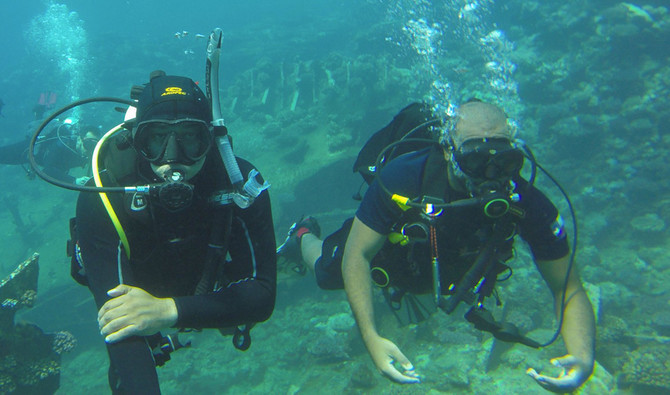The National Center for Wildlife in Saudi Arabia has unveiled remarkable findings from its latest field monitoring efforts, confirming an unprecedented surge in marine biodiversity along the kingdom’s coastlines.
A total of 84,516 seabirds were observed, with 50,356 spotted on the eastern Arabian Gulf coast and 34,160 along the western Red Sea coastline, showcasing the region’s rich and rejuvenating natural heritage.

Further elevating this ecological triumph, researchers recorded an exceptional 1,219 large marine animals—including whales, stingrays, and dugongs—with 159 sightings on the eastern coast and a striking 1,060 on the western coast.
Notably, 39 key migratory and breeding sites were mapped, five of which are internationally recognized as critical biodiversity areas.
This milestone underscores Saudi Arabia’s unwavering commitment to marine conservation, solidifying its biodiversity database and aligning with the national “Vision 2030” strategy by advancing eco-tourism, sustainable management, and environmental awareness campaigns.

















